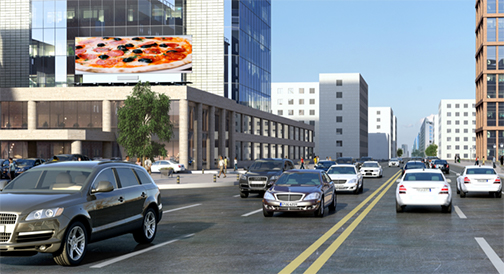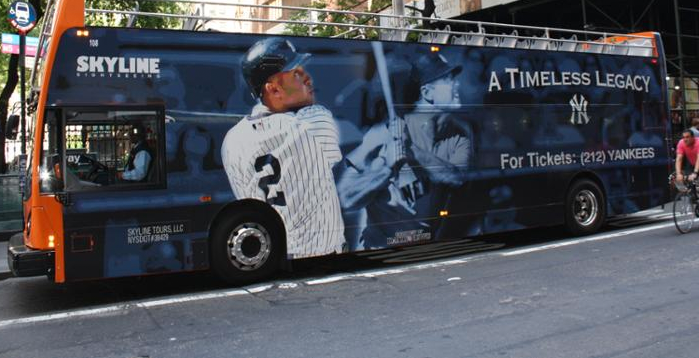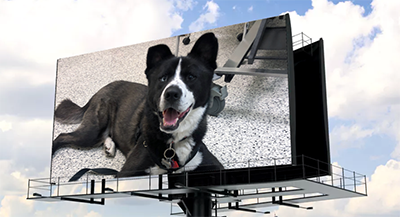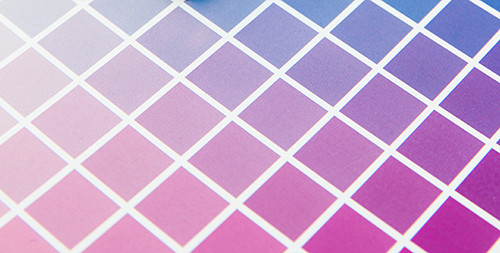
This week, the BillboardsIn blog served up some tasty tips for pizzerias. Learn why using billboards may be the best idea you’ve never considered.
Some might think that only large brands are able to afford billboard and OOH advertising. That is actually not the case. In fact, 7 out of 10 OOH ads promote local businesses according to the OAAA. This number is important because that shows that these advertisements work. If they consistently work for other local businesses, why not buy a billboard for your local pizzeria.
This article was originally published on BillboardsIn.com. You can continue reading the full article here.







